Columns
Who owns federalism?
The biggest challenge to Nepal’s federal polity is failure to implement administrative federalism.
Achyut Wagle
The necessity of a government close to the people for providing better public services became unequivocally pronounced, once again, during the recent natural calamity which forced the federal government to declare disaster crisis zones in 14 districts. Several studies have established that the role of local government is extremely important in disaster management. The theory of preference matching states that federal polity increases the allocative efficiency of the resources as the local governments are better informed about the needs of their electorates than their distant federal counterparts. This is exactly the prime rationale of adopting the federal form of the government. But these outcomes are impossible to windfall without unequivocal loyalty and trust of critical political actors on the very federal polity.
Political ownership
In Nepal's case, such political ownership of the federal system is gradually waning. Key actors, political organisations and leaders instrumental in promulgating the federal constitution in 2015, including the current Prime Minister and CPN-UML chairperson KP Sharma Oli, Nepali Congress president Sher Bahadur Deuba, and opposition leader and CPN (Maoist Centre) chairperson Pushpa Kamal Dahal, are still at the helm of affairs of the state. But their expected role in institutionalising federal democracy, making it more outcome-oriented and defending it from the attack of its detractors, is abysmal if not denigrating. Their contribution in effective operationalisation and structural institutionalisation of the hard-earned system is, and will be, inevitable even to vindicate that federalism can better deliver public services, at least, relative to the erstwhile unitary system.
After nine years of promulgation of the federal constitution and two rounds of successful elections for all three tiers of legislatures, it is time for a comprehensive review of federalism vis-a-vis its four key components—constitutional, political, fiscal and administrative.
Pillars of federalism
On the constitutional side, many of the powers are yet to be practically devolved to the subnational tiers. Several federal laws for that objective, ranging from civil service, higher education to public procurement, are yet to be formulated or enforced. Some of the powers like in school education and agricultural extension once given to the local governments are in the process of being revoked. Institutions envisaged by the constitution like the National Natural Resource and Fiscal Commission (NNRFC) are deliberately undermined, if not overshadowed, by traditional central planners like the National Planning Commission and other hawkish federal entities.
Some important constitutional arrangements like the Inter-State Council instituted under Article 234 of the constitution to settle political disputes arising between the federation and provinces and between provinces have barely been utilised to improve governance and delivery. Similarly, Article 236 that envisions an unfragmented national market is hardly adhered to. Some laws including NNRFC Act 2017, Federation, Province and Local Level (Coordination and Inter-relation) Act, 2020 and Public Debt Management Act, 2022, among others, are more inclined to constricting federal practices than facilitating them.
Principles of political federalism have been blatantly flouted before they could take firm roots. Political parties with nationwide organisations have though reorganised their structures to align with the federal skeleton but the devolution of decision independence on matters relating to respective subnational jurisdictions remains a pipedream. It is manifested in frequent and instant changes of provincial political equations along with the political changes at the federal level. The provincial and local units of the political parties are almost completely dependent on the diktats of the central authority on decision making. The exercise of internal democracy, barring the cases of electing party office bearers, is appallingly and uniformly absent in all 'national' parties when it comes to formulating party policy and determining ideological stances.
Left to its own devices
The most ominous risk to political federalism is the lack of ardent defenders and political owners of the federal dispensation. The 'traditional' political forces who claim credit for installing the federal system have become defensive for lack of convincingly tangible improvements in public well-being since the adoption of the federal system. Some factions in these parties are grouping themselves to subvert some provisions of the constitution like secularism and proportional representation method of elections.
The newly emerged parties advocating for 'alternative politics' are vocally against the federal set up. The promonarchists have throughout abhorred the abolition of monarchy, the implementation of the federal constitution, and the abandonment of the 'identity' of the 'Hindu Rastra'. In a nutshell, federalism, for lack of political ownership, has been essentially orphanised.
Some components of fiscal federalism have nevertheless been implemented. Of the six key features of fiscal federalism—revenue sharing, fiscal equalisation grants, sharing of royalty from natural resources, subnational mobilisation public debt, allocative efficiency and economic transparency—only revenue, grants and royalty sharing formulae are in place. They too need drastic refinements and realignments. Subnational governments are unable to raise loans, for cardinalities attached to them are extremely prohibitive. This has become a major bottleneck for adopting expansionary fiscal policy and exercising budgetary freedom. Allocative inefficiency is exposed by low levels of capital expenditure (annual average in the last five years is about 67 percent of the capital budgeting). According to several reports from regulatory and oversight agencies, corruption in public works commissioned by the local level is increasing.
Bottlenecks galore
The most formidable challenge to Nepal's federalism is the nation-state's inability to implement administrative federalism. First, the existing 'federal' bureaucracy is unwilling to give powers to the subnational levels. Second, a serious flaw in the constitution needs to be corrected to enable local governments to man their offices for better delivery of public services instead of making them entirely dependent on the provincial public service commission. As such, the dearth of skilled and technical human resources like doctors, engineers and agricultural technicians, as is the case now, is going to be perennial, particularly in remote and far-flung municipalities. Third, even the smallest of rural municipalities would require at least 70 staff to ensure technical, administrative and educational services enlisted as exclusive rights of the local levels in the Schedule 8 of the constitution. The financial resource management to pay their salaries and perks remains a challenge.
Finally, a meaningful review of the federal polity is possible only if credible data of the last seven years in all aspects of its operation is available, or generated. Heuristic assumptions and unfounded but sweeping political rhetoric, either for or against, regarding the outcome of Nepal's tryst with federalism or its future viability would only lead to another risky political experimentation.




 12.12°C Kathmandu
12.12°C Kathmandu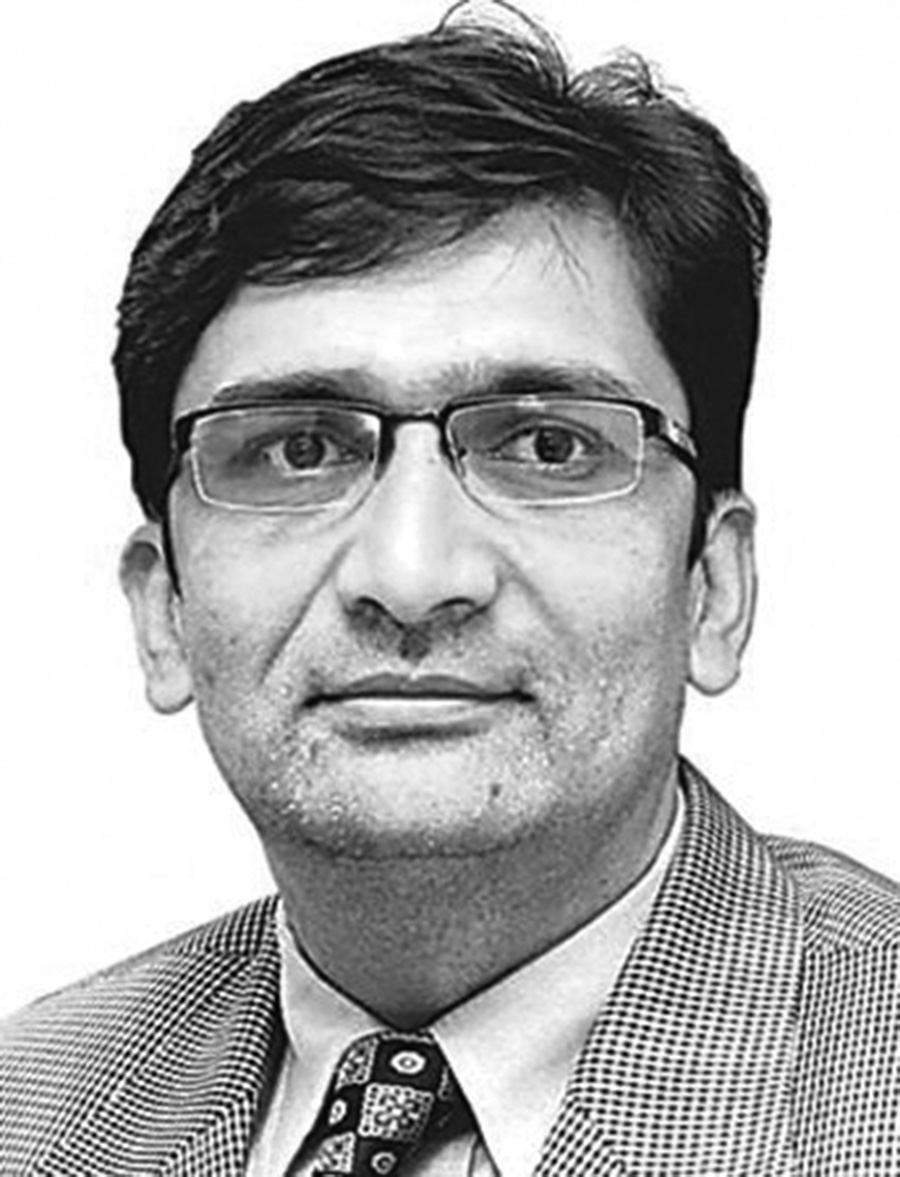

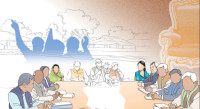
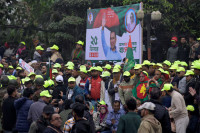

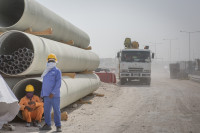

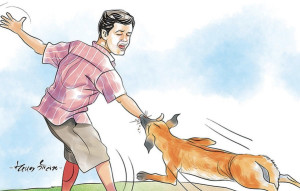



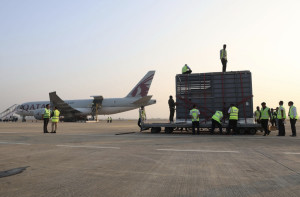


%20(1).jpg&w=300&height=200)

